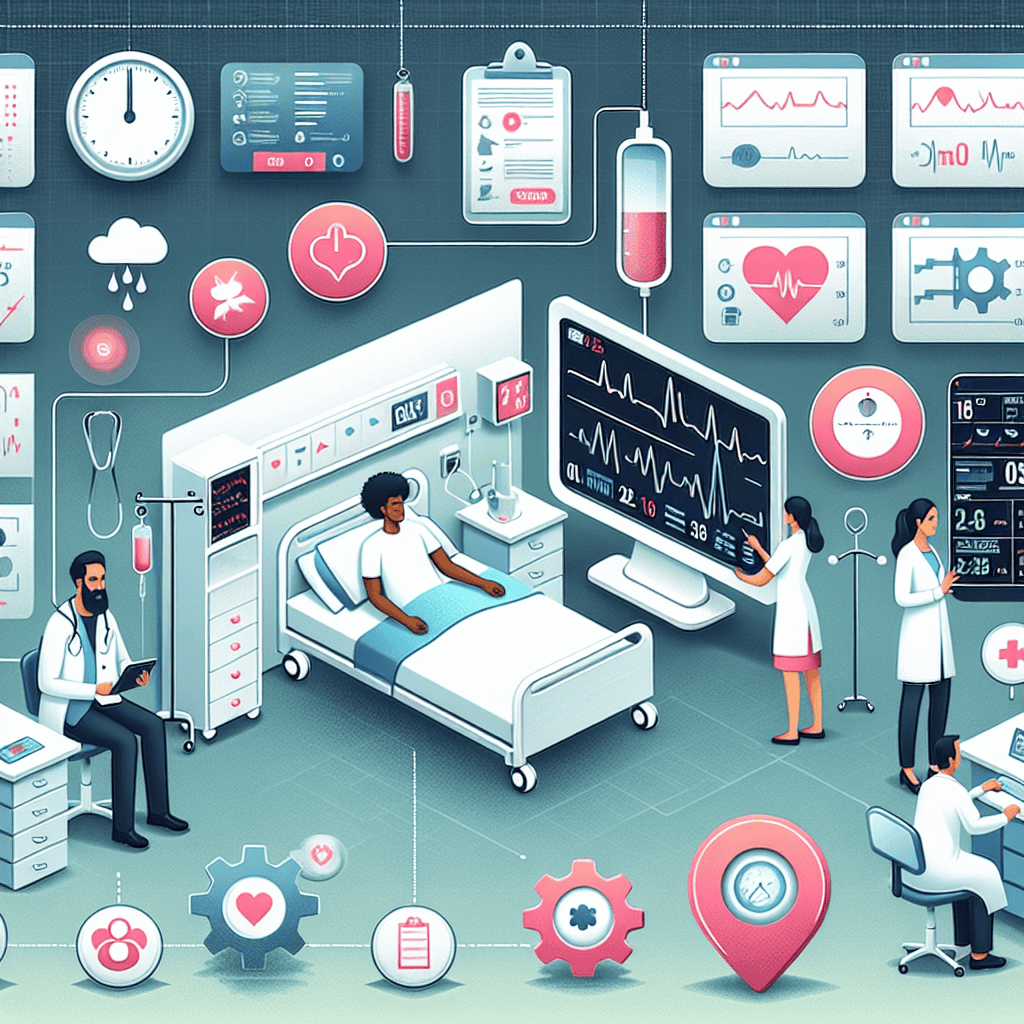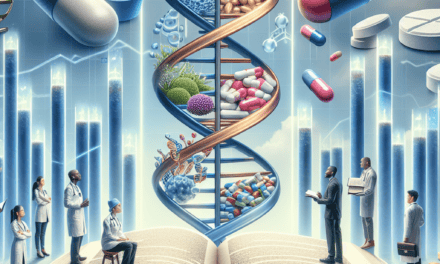-
Table of Contents
- The Role of IoT in Patient Care and Hospital Management
- 1. IoT in Patient Monitoring
- 1.1 Remote Patient Monitoring
- 1.2 In-Hospital Monitoring
- 2. IoT in Hospital Operations
- 2.1 Asset Management
- 2.2 Workflow Optimization
- 3. IoT in Data Management
- 3.1 Real-Time Data Collection
- 3.2 Data Security and Privacy
- 4. IoT in Patient Engagement
- 4.1 Personalized Care
The Role of IoT in Patient Care and Hospital Management

The Internet of Things (IoT) is revolutionizing various industries, and healthcare is no exception. By connecting devices, systems, and services, IoT is transforming patient care and hospital management, leading to improved outcomes, efficiency, and patient satisfaction. This article explores the multifaceted role of IoT in healthcare, focusing on its impact on patient monitoring, hospital operations, data management, patient engagement, and future trends.
1. IoT in Patient Monitoring
Patient monitoring is one of the most significant areas where IoT is making a substantial impact. By leveraging connected devices, healthcare providers can continuously monitor patients’ vital signs and health metrics, leading to timely interventions and improved patient outcomes.
1.1 Remote Patient Monitoring
Remote patient monitoring (RPM) is a critical application of IoT in healthcare. It allows healthcare providers to monitor patients outside traditional clinical settings, such as in their homes. This is particularly beneficial for patients with chronic conditions, elderly patients, and those living in remote areas.
- Wearable devices: Smartwatches and fitness trackers equipped with sensors can monitor heart rate, blood pressure, and other vital signs.
- Connected medical devices: Devices like glucose monitors and pulse oximeters can transmit data to healthcare providers in real-time.
- Telehealth platforms: These platforms integrate IoT devices to provide comprehensive remote care.
For example, a study published in the Journal of Medical Internet Research found that RPM reduced hospital readmissions by 38% for heart failure patients. This demonstrates the potential of IoT to improve patient outcomes and reduce healthcare costs.
1.2 In-Hospital Monitoring
IoT is also enhancing in-hospital patient monitoring. Smart beds, for instance, can detect when a patient is attempting to get up and alert nurses, reducing the risk of falls. Additionally, IoT-enabled devices can monitor patients’ vital signs continuously, providing real-time data to healthcare providers.
In a case study at a leading hospital, the implementation of IoT-enabled monitoring systems reduced the average length of stay by 15%, highlighting the efficiency gains from IoT adoption.
2. IoT in Hospital Operations
Beyond patient monitoring, IoT is transforming hospital operations, leading to increased efficiency, reduced costs, and improved patient care. By automating processes and providing real-time data, IoT is helping hospitals optimize their operations.
2.1 Asset Management
Hospitals are complex environments with numerous assets, including medical equipment, supplies, and medications. IoT can streamline asset management by providing real-time tracking and inventory management.
- RFID tags: These tags can be attached to equipment and supplies, allowing for real-time tracking and inventory management.
- Automated inventory systems: IoT-enabled systems can automatically reorder supplies when they run low, reducing the risk of shortages.
- Predictive maintenance: IoT sensors can monitor equipment performance and predict when maintenance is needed, reducing downtime.
A study by Deloitte found that IoT-enabled asset management systems reduced equipment downtime by 30% and improved inventory accuracy by 25%, demonstrating the potential for cost savings and efficiency gains.
2.2 Workflow Optimization
IoT can also optimize hospital workflows by automating routine tasks and providing real-time data to healthcare providers. This can lead to improved patient care and reduced workload for healthcare staff.
For example, IoT-enabled systems can automate patient check-ins, reducing wait times and improving patient satisfaction. Additionally, IoT can provide real-time data on patient flow, allowing hospitals to optimize staffing levels and reduce bottlenecks.
A case study at a major hospital found that IoT-enabled workflow optimization reduced patient wait times by 20% and increased staff productivity by 15%, highlighting the potential for improved patient care and operational efficiency.
3. IoT in Data Management
Data management is a critical aspect of healthcare, and IoT is playing a significant role in transforming how data is collected, stored, and analyzed. By providing real-time data and advanced analytics, IoT is helping healthcare providers make informed decisions and improve patient outcomes.
3.1 Real-Time Data Collection
IoT devices can collect real-time data on patients’ health metrics, providing healthcare providers with a comprehensive view of patients’ health. This data can be used to make informed decisions and provide personalized care.
- Continuous monitoring: IoT devices can continuously monitor patients’ vital signs, providing real-time data to healthcare providers.
- Data integration: IoT systems can integrate data from multiple sources, providing a comprehensive view of patients’ health.
- Predictive analytics: IoT data can be used to develop predictive models, helping healthcare providers anticipate and prevent health issues.
A study published in the Journal of Medical Systems found that IoT-enabled data collection improved diagnostic accuracy by 20% and reduced treatment times by 15%, demonstrating the potential for improved patient outcomes.
3.2 Data Security and Privacy
While IoT offers significant benefits in data management, it also presents challenges in data security and privacy. Healthcare providers must ensure that IoT systems are secure and that patients’ data is protected.
To address these challenges, healthcare providers can implement robust security measures, such as encryption, authentication, and access controls. Additionally, they can educate patients on data privacy and obtain informed consent for data collection and use.
A report by the Ponemon Institute found that healthcare organizations that implemented robust IoT security measures reduced data breaches by 40%, highlighting the importance of data security in IoT adoption.
4. IoT in Patient Engagement
Patient engagement is a critical component of healthcare, and IoT is playing a significant role in enhancing patient engagement. By providing patients with real-time data and personalized care, IoT is empowering patients to take an active role in their health.
4.1 Personalized Care
IoT devices can provide personalized care by collecting real-time data on patients’ health metrics and providing tailored recommendations. This can lead to improved patient outcomes and increased patient satisfaction.
- Personalized treatment plans: IoT data can be used to develop personalized treatment plans based on patients’ unique health needs.
- Real-time feedback: IoT devices can provide real-time feedback to patients, helping them make informed decisions about their health.
- Patient education: IoT systems can provide patients with educational resources, empowering them to take an active role in their health.
A study published in the Journal of Medical Internet





